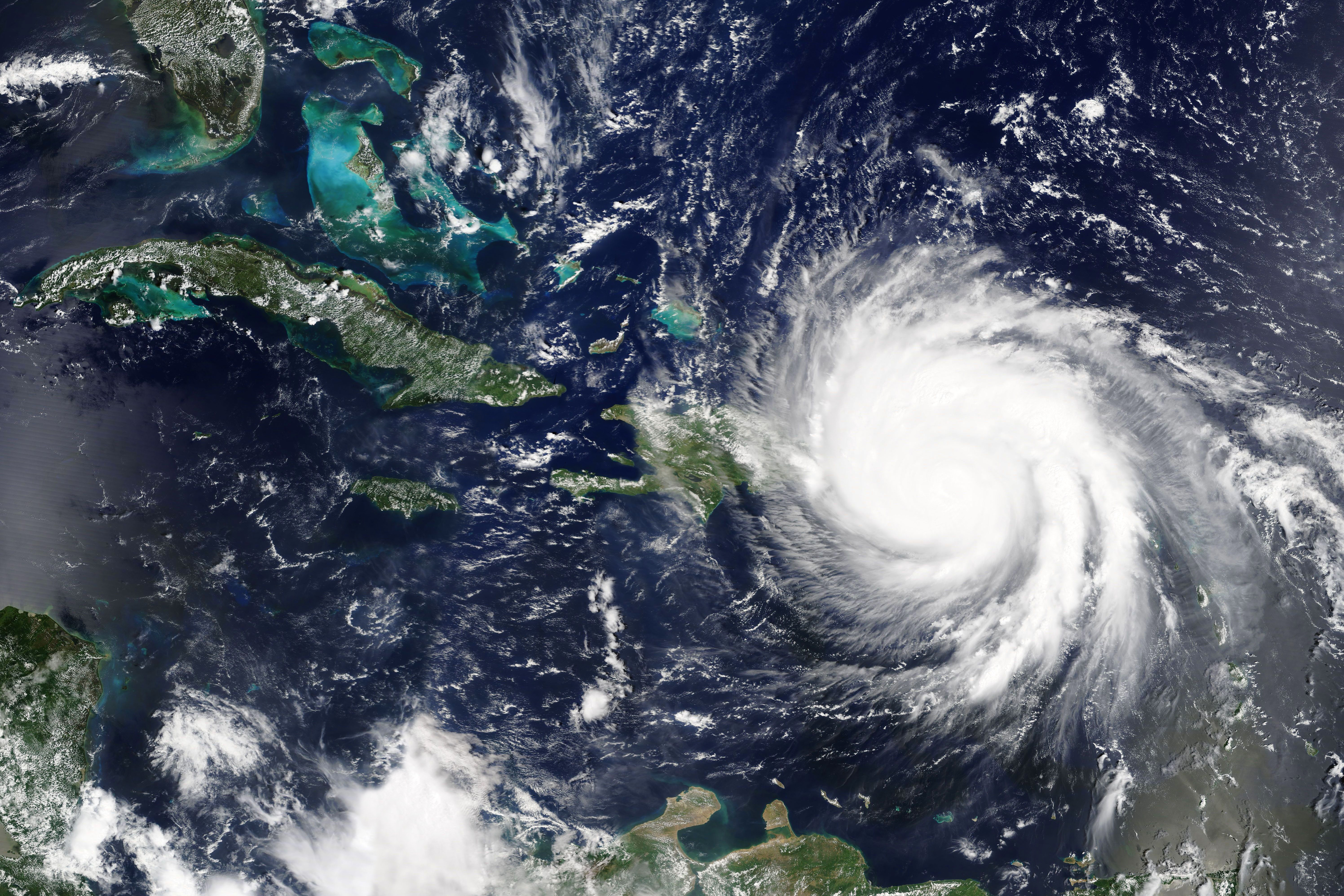New Orleans’ Lower Ninth Ward 15 years after Hurricane Katrina; the burn scars still visible 10 years after Colorado Springs’ Waldo Canyon fire; Kentucky homes and livelihoods after last December’s devastating tornadoes: One does not have to reach far into our collective memory to find a community in the process of recovering from disaster. While scholars, practitioners, and informed Americans alike can identify a community as being in recovery, the determinants and classification of that recovery remain opaque. Over the past academic year, the HATS Recovery Team has concerned itself with answering key gaps in the current understanding of the disaster recovery process by developing a framework for the anatomy of recovery. Composed of community characteristics pre-disaster, impacts of the actual disaster event, details of the initial response, and post-disaster recovery processes, this framework is being applied to a comparative case analysis of four hurricanes that have affected the Caribbean and Gulf of Mexico region over the past four decades. To learn more about this research effort, please click the following links to view HATS Researchers, Betsy Camara and Bella Bains’, poster presentations of initial findings on New Orleans’ experience of Hurricane Katrina and Puerto Rico’s experience of Hurricane Maria.




